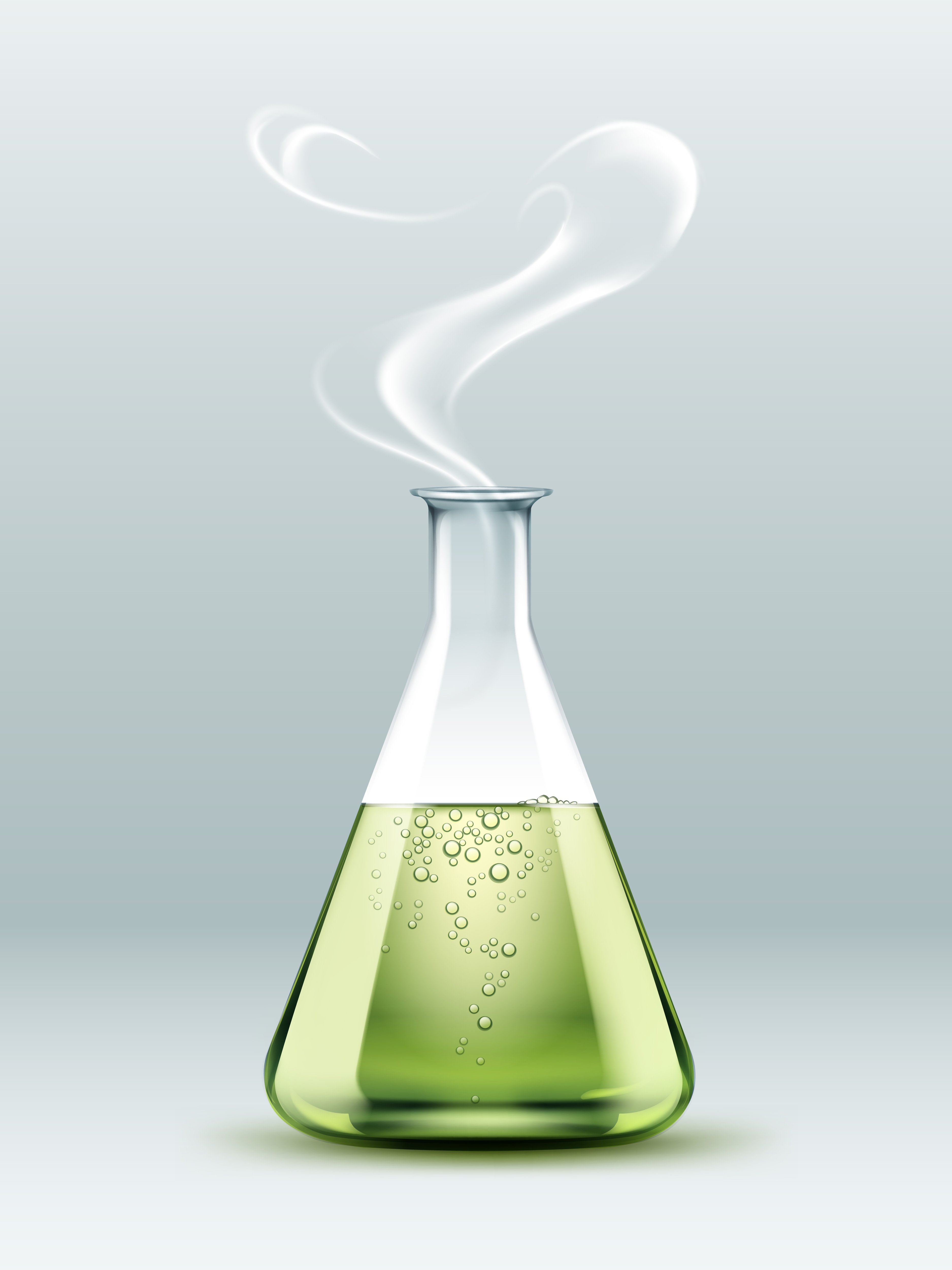Silk
Alpha :
25 Jun,2025
.jpg)
The Silk Textile Industry: A Legacy of Luxury and Innovation
The silk textile industry is one of the most prestigious and historically rich sectors within the global textile market. Known as the “Queen of Textiles,” silk has been celebrated for centuries due to its natural sheen, strength, softness, and cultural symbolism. From the ancient Silk Road to the modern runways of Paris and Milan, silk remains a fabric of elegance and prestige.
Today, the silk industry blends age-old craftsmanship with modern innovation, playing a vital role in luxury fashion, home décor, and technical textiles.
A Glimpse into History
Silk was first discovered in China around 2700 BCE, and for centuries, its production was a closely guarded secret. The famous Silk Road was named after this precious fabric and helped foster trade between Asia, the Middle East, and Europe.
India, too, has a long-standing silk tradition with regional varieties like Mulberry, Tussar, Muga, and Eri silk, each offering unique textures and cultural significance. Today, silk is both a symbol of tradition and a modern global commodity.
The Silk Production Process
Silk production, or sericulture, is an intricate and labor-intensive process that involves:
1. Silkworm Rearing
- Silkworms (Bombyx mori) are fed mulberry leaves
- After around 25-30 days, they spin cocoons from which silk is harvested
2. Cocoon Harvesting & Reeling
- Cocoons are boiled or steamed to kill the pupae and soften the sericin (a natural gum)
- Filaments are unwound into raw silk threads through a process called reeling
3. Spinning & Throwing
- Reeled silk is twisted into yarns suitable for weaving or knitting
4. Weaving & Dyeing
- Silk yarns are woven into various fabrics like satin, chiffon, organza, georgette, taffeta, and crepe
- Dyeing is typically done using natural or low-impact synthetic dyes to preserve silk’s natural luster
Applications of Silk
Silk's versatility goes beyond luxury apparel:
- Fashion: Sarees, scarves, evening gowns, neckties, lingerie
- Home textiles: Curtains, upholstery, pillowcases, bed linens
- Industrial use: Medical sutures, insulation, parachutes (historically), and bioengineered materials
Global Silk Industry Overview
- China is the world’s largest producer and exporter of silk, followed by India
- Other significant producers: Uzbekistan, Thailand, Brazil, Vietnam
- Silk accounts for a small share of global textile output but dominates the luxury textile market
- Major silk-consuming countries: Italy, France, Japan, USA, and India
🇮🇳 India’s Silk Textile Industry
India is the second-largest producer of silk globally and the only country producing all four major varieties: Mulberry, Eri, Tussar, and Muga.
Key Facts:
- Major silk-producing states: Karnataka, Andhra Pradesh, West Bengal, Assam, and Tamil Nadu
- Famous silk products: Banarasi, Kanchipuram, Mysore, Bhagalpuri, Assam silk sarees
- Rich traditions of handloom weaving and natural dyeing
Government Support:
- Central Silk Board initiatives
- Silk Samagra Scheme (integrated support for sericulture)
- Cluster development and skill training programs
Sustainability and Challenges
Despite its natural origin, the silk industry faces several environmental and ethical concerns:
Challenges:
- Water and energy-intensive processing
- Use of pesticides in mulberry cultivation
- Ethical issues in killing silkworms during reeling
- Labor-intensive work with low wages in some regions
Sustainable Solutions:
- Ahimsa (Peace) Silk: Harvested without killing silkworms
- Organic sericulture: No chemical pesticides or fertilizers
- Natural dyes and low-impact processing
- Fair trade practices and artisan empowerment
Innovation in Silk Textiles
The silk industry is embracing science and innovation to stay relevant in the modern age:
- Blended silk fabrics for better performance and affordability
- Digital printing on silk for detailed designs
- Silk protein (sericin) in cosmetics and biomedical applications
- Regenerated silk fibers for sustainable fashion
- Artificial or lab-grown silk using biotechnology
The Future of the Silk Industry
The future of silk lies in balancing luxury with ethics, tradition with innovation, and artistry with sustainability. As eco-conscious consumers drive demand for natural fibers, silk — with its biodegradable nature and cultural richness — is uniquely positioned to lead a responsible textile movement.
Brands, artisans, and governments must work together to modernize sericulture, support rural economies, and create global markets for sustainable silk products.
🧵 Conclusion
The silk textile industry stands as a shimmering thread in the global tapestry of textiles. Rich in heritage, craftsmanship, and cultural symbolism, silk continues to weave its way into modern lives — not just as a luxurious fabric, but as a symbol of sustainable innovation and ethical fashion.
Category:
Textiles






.jpg)
.jpg)


.jpg)
.jpg)
.jpg)
.jpg)
.jpg)
.jpg)
.jpg)
